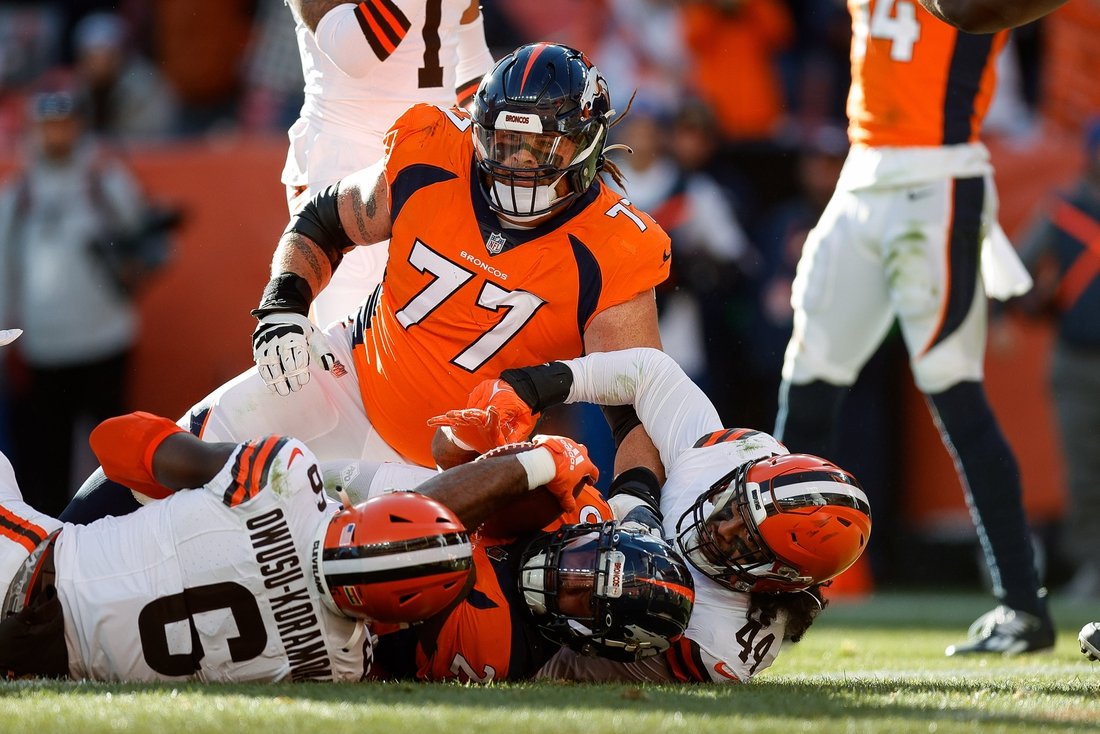The MLB trade deadline always brings excitement and anticipation as teams try to improve their rosters for a potential playoff run. Some general managers believe in making bold moves to push their team over the top, while others prefer to stay the course and trust in their current players. The recent trade deadline provided a perfect example of these contrasting philosophies.
One team that decided to make a big splash at the deadline was the San Diego Padres. Led by general manager A.J. Preller, the Padres traded seven prospects for relievers Jason Adam and Tanner Scott. While some critics may view this as an overpay, Preller’s aggressive approach is aimed at bringing a World Series trophy to San Diego.
On the other hand, the Chicago White Sox took a different approach at the deadline. Despite having valuable assets like left-handed pitcher Garrett Crochet, the White Sox chose not to make any major moves. Crochet, who had an impressive All-Star season, could have been a valuable trade chip for the struggling White Sox.
Critics argue that the White Sox missed an opportunity to capitalize on Crochet’s value and accelerate their rebuilding process. With a top-10 farm system in place, Chicago could have potentially acquired valuable assets to strengthen their roster for the future.
In the end, the decision to make or not make a trade comes down to each team’s individual circumstances and long-term goals. While some teams like the Padres are willing to take risks in pursuit of a championship, others like the White Sox may prioritize building for sustained success.
Regardless of their strategies, both teams will face the consequences of their decisions in the coming seasons. Only time will tell if the Padres’ aggressive moves pay off with a championship or if the White Sox’s patience leads to long-term success. Ultimately, the trade deadline serves as a reminder of the different approaches that general managers can take in shaping their teams’ futures.




